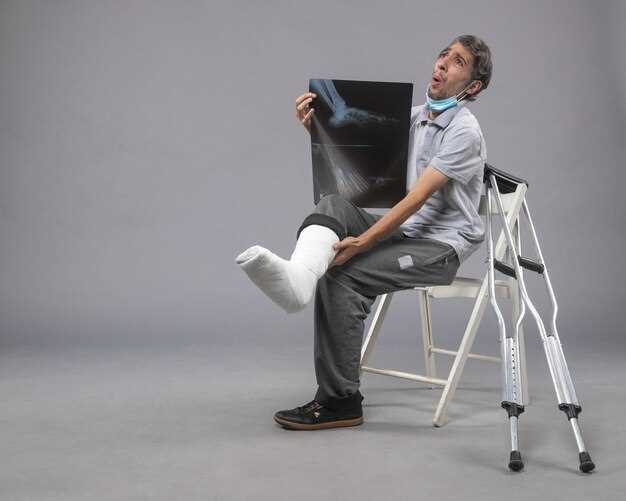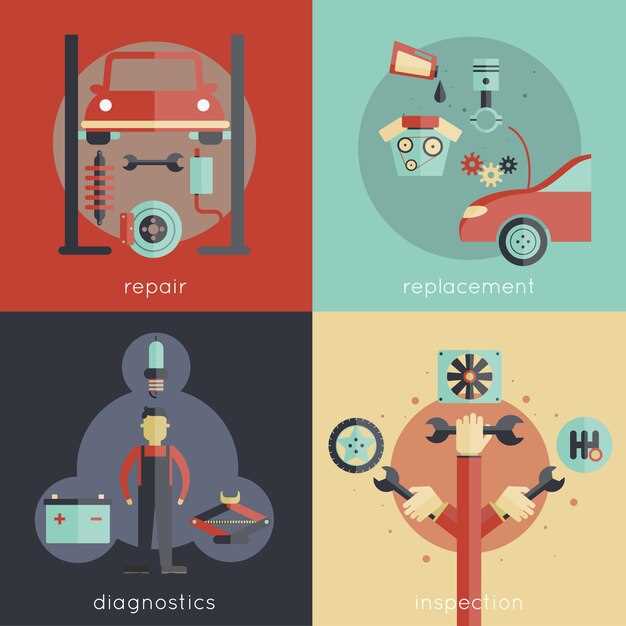
Understanding vehicle issues can often be daunting, particularly when it comes to critical components like axles and CV joints. These parts play a vital role in your vehicle’s performance by ensuring power from the engine is effectively transmitted to the wheels. When they fail, the results can lead to significant operational problems and safety concerns.
In this article, we aim to simplify the diagnostic process associated with axle and CV joint failures. With a keen focus on symptoms, causes, and solutions, we will guide you through the essential steps to identify underlying issues. Whether you’re a seasoned mechanic or a car owner seeking knowledge, having a comprehensive understanding of these components will empower you to tackle automotive challenges confidently.
Through clear explanations and straightforward methodologies, we will equip you with the tools necessary for effective diagnosis. From early warning signs to detailed inspection techniques, you will gain insights on how to approach axle and CV joint failures with ease. Join us as we delve into the world of vehicle diagnosis, making complex concepts accessible and actionable.
Identifying Symptoms of Axle and CV Joint Issues in Your Vehicle

Recognizing the symptoms of axle and CV joint problems is crucial for maintaining the performance and safety of your vehicle. Early detection can prevent further damage and costly repairs. Here are the key signs to look out for:
One of the most common symptoms of a failing CV joint is a clicking or popping noise when making sharp turns. This sound indicates that the protective boot may have ruptured, allowing grease to escape and dirt to enter the joint, leading to wear.
Another notable sign is vibration during acceleration. If you feel unusual vibrations through the steering wheel or the vehicle’s floorboard while accelerating, it may suggest an imbalance caused by a damaged axle or CV joint.
Additionally, inspect for visible signs of grease leakage around the CV joint boots. Cracks or tears in the boots can lead to contamination and eventual joint failure. If you notice grease spots on the ground where your vehicle is parked, it’s essential to investigate further.
Lastly, a misalignment in handling can be a symptom of axle or CV joint issues. If your vehicle pulls to one side or the steering feels loose, it may indicate problems with the axle assembly or associated components.
Being attentive to these symptoms can help you take proactive measures and seek professional assistance, ensuring the longevity and functionality of your vehicle’s drivetrain. Regular inspections and maintenance are essential to prevent axle and CV joint failures.
Tools and Techniques for Diagnosing Axle and CV Joint Problems

Proper diagnosis of axle and constant velocity (CV) joint issues requires a combination of specialized tools and effective techniques. A comprehensive approach ensures accurate identification of the problem, leading to efficient repairs.
Start with visual inspection. A thorough examination of the CV joints and axles can reveal visible damage, such as torn boots, corrosion, or excessive play in the joints. Look for grease leaking from the boots as this indicates that the joint may have failed or is on the verge of failure.
Audio analysis is another effective technique. Noises such as clicking or popping during turns can indicate CV joint problems. Using a stethoscope or a mechanic’s stethoscope can help isolate the sound, determining whether it originates from the CV joint or another part of the drivetrain.
Utilize a jack and jack stands to elevate the vehicle safely. Once elevated, spin the wheels and observe the CV joints for any irregular movements or abnormal sounds. This can help identify if the joints are functioning correctly under load.
For more in-depth diagnostics, a digital multimeter can be used to test resistance in electrical components associated with the axle system. Ensuring that the related sensors are providing the correct readings can help rule out electrical issues that may masquerade as axle or CV joint failures.
Diagnostic software and scan tools are essential for modern vehicles. They can provide error codes related to the vehicle’s stability control systems or traction control, which might indicate problems with the axle or CV joints. Reading these codes assists in pinpointing specific faults within the system.
Lastly, consider performing a road test in various driving conditions. Pay attention to how the vehicle responds when accelerating, decelerating, and turning. Any unusual vibrations, pulls, or sounds during the test drive can offer critical insights into the condition of the axles and CV joints.
By employing these tools and techniques, mechanics can efficiently diagnose axle and CV joint problems, ensuring prompt and correct repairs that enhance vehicle safety and performance.
Steps to Take When You Suspect Axle or CV Joint Failure
When you suspect an axle or CV joint failure, it’s crucial to take systematic steps to accurately diagnose the issue and ensure vehicle safety. Start by examining your vehicle for any signs of unusual noises or vibrations while driving. A clicking or popping sound when turning can often indicate a worn CV joint.
Next, inspect the CV boots for any cracks, tears, or leaking grease. A damaged boot can expose the joint to contaminants and lead to premature failure. If you notice any damage, it’s essential to replace the boot or the entire CV joint as soon as possible.
Also, visually check the axle for any signs of bending or damage. A bent axle can cause instability and affect your vehicle’s handling. If you observe any serious deformation, it’s advisable to consult a professional mechanic.
After the visual inspection, take the vehicle for a short test drive in a safe area. Pay attention to how it handles, listening for any abnormal sounds during acceleration, deceleration, and while turning. If symptoms persist, further diagnostic steps should be taken.
Consider using a vehicle lift or jack to elevate the car for a more thorough inspection of the axle and CV joints. Manually rotate the wheels while inspecting for any play in the joints. Excessive movement can indicate a failing component.
If uncertainty remains after these steps, seek professional assistance. A qualified mechanic can perform more advanced diagnostics, such as checking alignment angles and assessing the integrity of other drivetrain components.
Document your findings and any symptoms you notice, as this information can effectively help the mechanic pinpoint the issue. Timely action can prevent further damage and ensure a safer driving experience.




